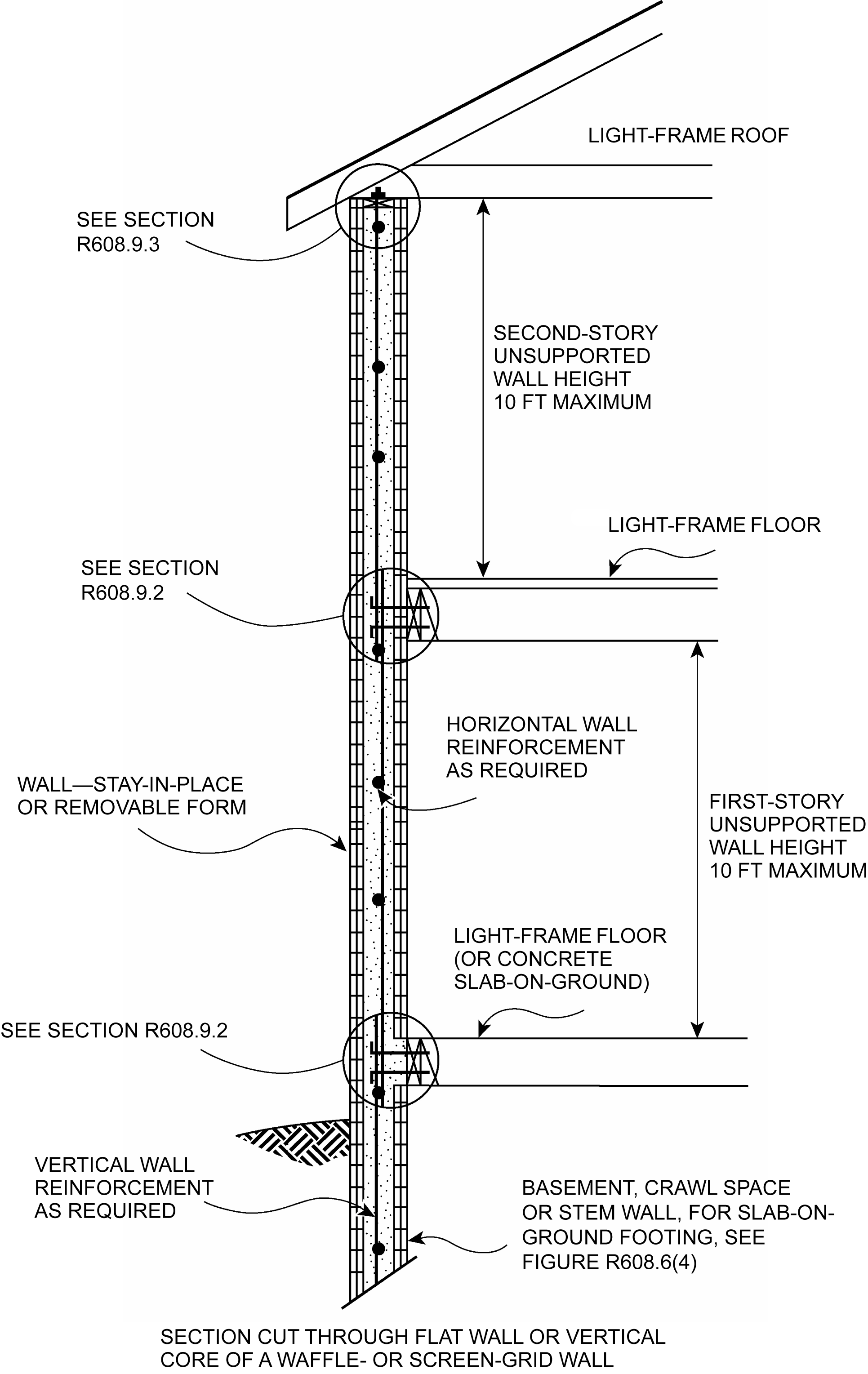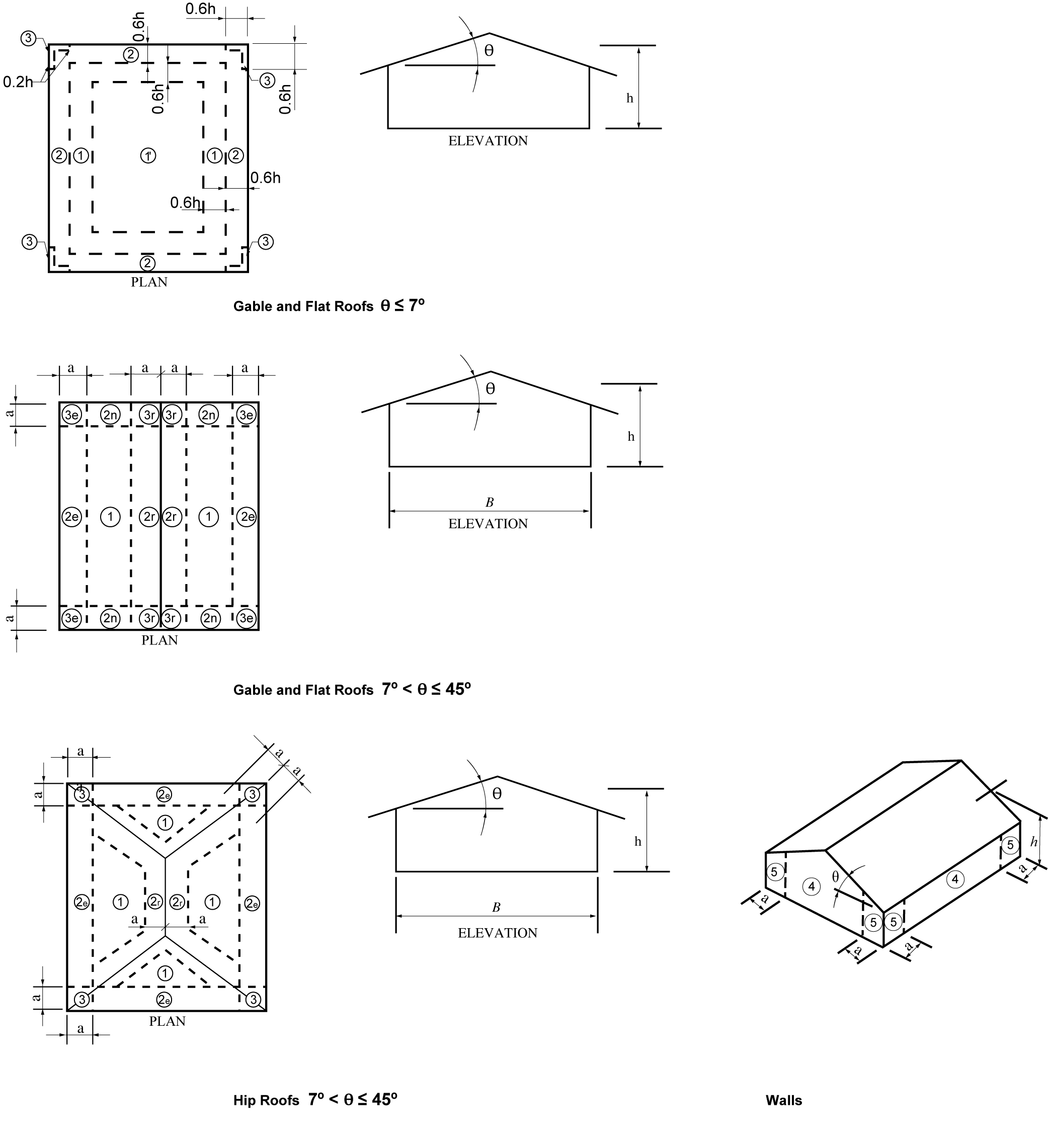International Residential Code (IRC) Ceiling Height Requirements for Basements: A Comprehensive Guide
Many homeowners and builders alike have experienced the headache of dealing with building codes and regulations, particularly when it comes to basement ceiling heights. Navigating the International Residential Code (IRC) requirements can be daunting, but understanding these guidelines is crucial for ensuring the safety and livability of your basement space.

Irc International Residential Building Code – Image to u – Source imagetou.com
Addressing Common Pain Points:
Basements often serve as valuable living areas, and inadequate ceiling heights can significantly impact the functionality and comfort of these spaces. Low ceilings can create a cramped and oppressive atmosphere, making it difficult to move around freely and enjoy the space. Additionally, low ceilings can limit the potential for storage and make it challenging to install essential fixtures, such as lighting and ventilation systems.
The Purpose of IRC Ceiling Height Requirements:
The IRC establishes minimum ceiling height requirements for basements to ensure the health, safety, and accessibility of these spaces. These requirements aim to provide sufficient headroom for occupants to move around safely, promote proper ventilation, and facilitate the installation of necessary infrastructure. By adhering to these guidelines, homeowners can create safe and livable basements that meet building code standards.

Digital Codes – Source codes.iccsafe.org
Understanding IRC Ceiling Height Regulations:
According to the IRC, basements must have a minimum ceiling height of 7 feet (2.13 meters) in habitable rooms, such as bedrooms, living rooms, and kitchens. In non-habitable spaces, such as storage areas and utility rooms, the minimum ceiling height can be reduced to 6 feet 8 inches (2.03 meters). It’s important to note that these requirements may vary depending on local building codes and amendments, so it’s always advisable to consult with local authorities for specific regulations.
Navigating Ceiling Height Challenges:
In some cases, homeowners may encounter challenges in meeting the IRC ceiling height requirements due to structural limitations or existing building conditions. When faced with such situations, it’s essential to explore creative solutions that comply with building codes while maintaining the functionality and livability of the basement space. This may involve installing dropped ceilings in certain areas, utilizing recessed lighting to maximize headroom, or considering alternative basement uses that don’t require high ceilings.

Ontario Building Code Basement Floor Thickness – Flooring Ideas – Source dragon-upd.com
Historical Perspective and Myths:
The history of ceiling height regulations is intertwined with evolving building practices and safety concerns. In the past, low ceilings were common in basements due to limited construction techniques and materials. However, modern building codes have recognized the importance of adequate headroom for occupant safety and comfort. It’s important to debunk the myth that low ceilings are acceptable in basements. Adhering to IRC requirements ensures that basements are safe and habitable spaces that meet modern building standards.
Uncovering Hidden Secrets:
Beyond the technical aspects of ceiling height regulations, understanding the rationale behind these requirements can provide valuable insights. High ceilings promote air circulation, reducing moisture buildup and improving indoor air quality in basements. Additionally, sufficient headroom allows for proper lighting and ventilation, creating a healthier and more pleasant living environment. By embracing the IRC guidelines, homeowners can unlock the full potential of their basement spaces, transforming them into comfortable and functional extensions of their homes.

Minimum Residential Ceiling Heights Per the IRC | Explained! – Source buildingcodetrainer.com
Recommendations for Compliance:
Complying with IRC ceiling height requirements is not only a legal obligation but also a wise investment in the safety and livability of your basement. Here are some recommendations to ensure compliance:
1. Measure the ceiling height carefully and accurately using a laser level or measuring tape.
2. Consult with a licensed contractor or architect to verify compliance and discuss potential solutions if the ceiling height falls below the required minimum.
3. Explore creative design options to maximize headroom, such as using dropped ceilings, recessed lighting, and furniture that doesn’t obstruct vertical space.
Detailed Explanation of IRC Ceiling Height Requirements:
The IRC establishes clear guidelines for ceiling heights in different types of basement spaces:
1. Habitable Rooms: Basements intended for living purposes, such as bedrooms, living rooms, and kitchens, must have a minimum ceiling height of 7 feet (2.13 meters).
2. Non-Habitable Spaces: Storage areas, utility rooms, and other non-habitable spaces in basements may have a reduced ceiling height of 6 feet 8 inches (2.03 meters).
3. Exceptions: Certain exceptions to the minimum ceiling height requirements exist, such as for mechanical equipment rooms and crawl spaces. It’s important to consult with local building officials to determine the specific regulations applicable to your project.

Digital Codes – Source codes.iccsafe.org
Tips for Maximizing Basement Space:
1. Utilize vertical space by installing shelves and cabinets that reach towards the ceiling.
2. Choose furniture that is low to the ground and doesn’t obstruct headroom.
3. Consider using recessed lighting to minimize the impact of fixtures on ceiling height.
4. Explore the use of drop ceilings in areas where headroom is limited, allowing for the installation of recessed lighting and other features.
Planning for Future Basement Use:
When considering basement ceiling heights, it’s prudent to think ahead to potential future uses. If you envision using the basement for a home gym, workshop, or other activities that require ample headroom, it’s advisable to err on the side of caution and exceed the minimum ceiling height requirements. This will provide greater flexibility for future renovations and ensure that the basement remains a valuable and versatile living space.

Minimum Shower Size and Clearances | Explained! – Building Code Trainer – Source buildingcodetrainer.com
Fun Facts about IRC Ceiling Height Requirements:
1. The minimum ceiling height requirements for basements have been established for decades, with minor revisions over time to reflect changing building practices and safety concerns.
2. Different countries and regions have their own building codes and regulations regarding ceiling heights, including variations in the minimum requirements for basements.
3. Enforcing ceiling height regulations is typically the responsibility of local building inspectors, who ensure compliance during construction and renovations.
How to Enforce IRC Ceiling Height Requirements:
Enforcement of IRC ceiling height requirements is crucial for ensuring the safety and livability of basement spaces. Here’s how it’s typically done:
1. Building Permits: Before construction or renovations commence, a building permit must be obtained from the local building department. This process includes a review of plans to ensure compliance with IRC requirements, including ceiling heights.
2. Inspections: Throughout the construction process, building inspectors conduct inspections to verify compliance with the approved plans and building codes. This includes checking ceiling heights to ensure they meet the minimum requirements.
3. Penalties for Non-Compliance: Failure to comply with IRC ceiling height requirements may result in penalties, such as fines or stop-work orders. It’s essential to address any non-compliance promptly to avoid delays and costly repairs.

Digital Codes – Source codes.iccsafe.org
What if IRC Ceiling Height Requirements are not Met?
If the ceiling height in your basement does not meet the IRC requirements, there are several options to consider:
1. Leave the Basement Unfinished: One option is to leave the basement unfinished and use it for storage or other non-habitable purposes.
2. Explore Structural Modifications: In some cases, it may be possible to modify the structure of the basement to increase the ceiling height. This could involve raising the floor or lowering the ceiling.
3. Seek Variances: It’s possible to apply for a variance from the local building department. A variance is a permission to deviate from the IRC requirements. However, variances are typically granted only under specific circumstances and may require additional documentation and justification.
Listicle of IRC Ceiling Height Requirements:
For quick reference, here’s a listicle summarizing the IRC ceiling height requirements:
1. Habitable Rooms: Minimum 7 feet (2.13 meters)
2. Non-Habitable Spaces: Minimum 6 feet 8 inches (2.03 meters)
3. Exceptions: Crawl spaces and mechanical equipment rooms may have lower ceiling heights
4. Local Variations: Consult local building codes for specific regulations
Question and Answer:
Q: What is the minimum ceiling height requirement for habitable rooms in a basement according to the IRC?
A: 7 feet (2.13 meters)

Irc 301 On Clearance | micoope.com.gt – Source micoope.com.gt
Q: Can I use my basement for storage if the ceiling height is below 6 feet 8 inches?
A: Yes, you can use the basement for storage or other non-habitable purposes, even if the ceiling height is below the minimum requirement.
Q: What are some creative solutions to maximize headroom in a basement with low ceilings?
A: Utilize vertical space with shelves and cabinets, choose low furniture, use recessed lighting, and consider installing a dropped ceiling in certain areas.
Q: What penalties may I face if I do not comply with the IRC ceiling height requirements?
A: Penalties for non-compliance may include fines or stop-work orders. It’s essential to address any non-compliance promptly to avoid delays and costly repairs.
Conclusion of International Residential Code (IRC) Ceiling Height Requirements For Basements:
Understanding the International Residential Code (IRC) ceiling height requirements for basements is essential for ensuring the safety and livability of these spaces. By adhering to these guidelines, homeowners can create functional, comfortable, and code-compliant basement environments. Whether you’re planning a basement renovation or constructing a new home, embracing the IRC standards will provide peace of mind and a valuable addition to your living space.